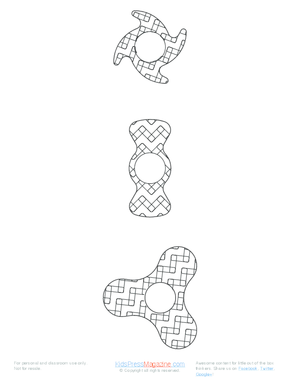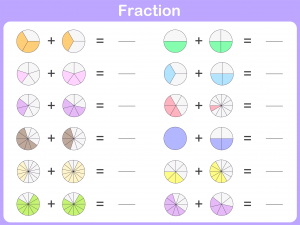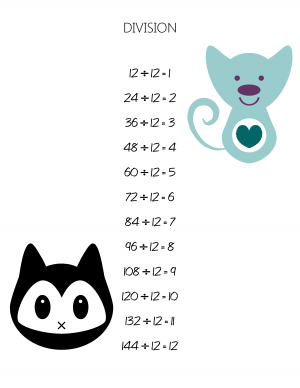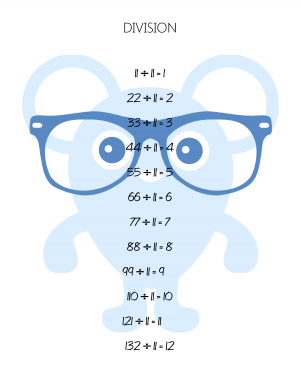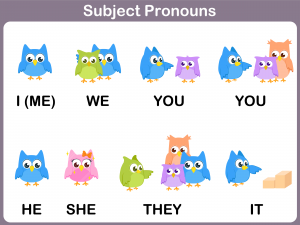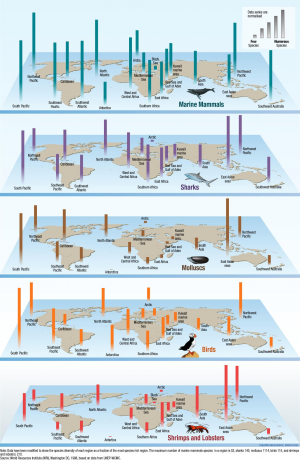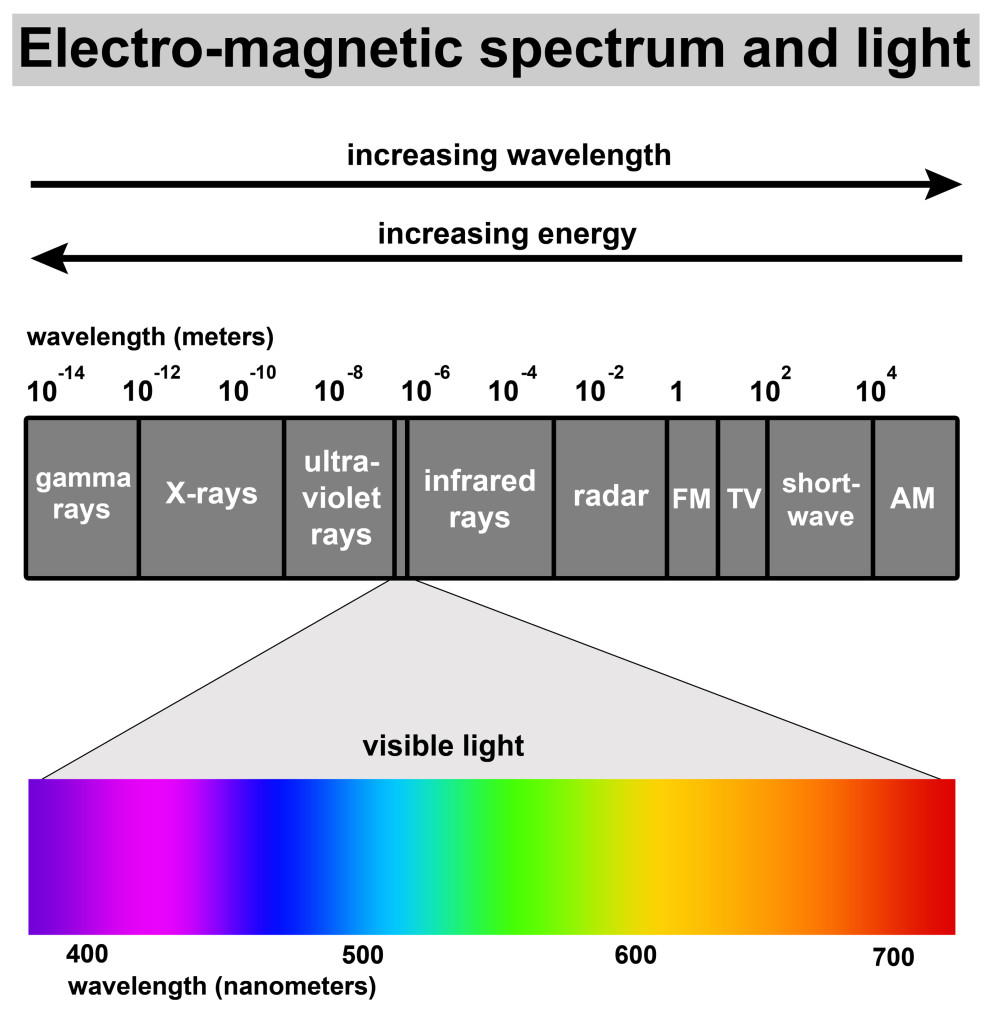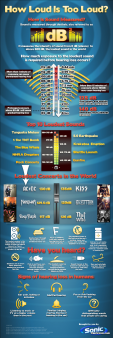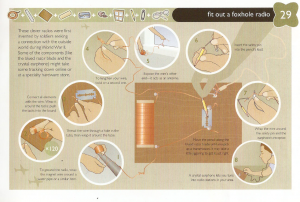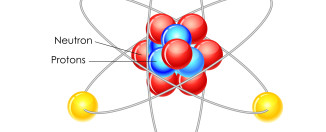Visible Light and the Electro-Magnetic Spectrum
Light, x-rays, radio waves, and microwaves are all similar forms of radiation, or electromagnetic (EM) energy. As humans, we are only able to sense a small part of the wide spectrum of radiation types through sight (visible light) and touch (infrared radiation, also known as heat). We need to use machines in order to sense or create all other parts of the spectrum.
Energy Versus Wavelength – All of this radiation travels in waves, and the distance from the top of one wave to the top of the next wave is called the wavelength. The rule for electromagnetic radiation is the shorter the wavelength, the more energy is contained in the radiation.
Gamma Rays – Gamma rays have the shortest wavelengths and therefore the most energy of all the EM forms. Gamma radiation comes from the sun but is mostly blocked by the atmosphere, lucky for us! Gamma radiation can also be created in nuclear weapon blasts, and by other machines used to treat cancer and sterilize food through irradiation.
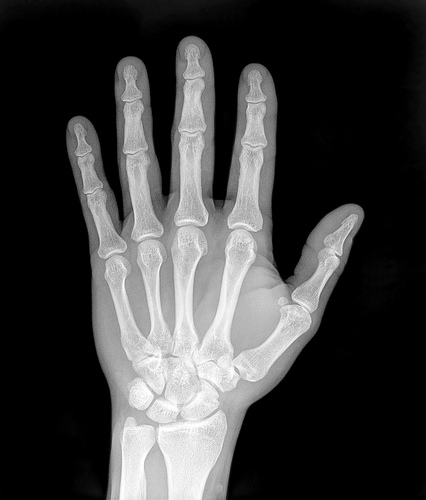
By: Trace Meek
X-Rays – These slightly longer wavelength rays still contain lots of energy and are dangerous to humans in large doses. However, because they have such high energy, they can pass through sink and muscle and are used for making pictures of bones inside the body.
Ultra-Violet Rays – This energy is higher in energy than the highest energy visible light (violet) and can be dangerous to humans as well. We encounter UV radiation every day in the form of sunlight, but we can use clothing, shade, and sunscreen to protect us from the harmful effects on our bodies.
Visible Light – This is the tiny part of the EM spectrum that our eyes can see. Normal sunlight looks like ‘white light’ to us but it is actually composed of many different wavelengths representing the various colors from high-energy violet to low-energy red.
Infrared – “Beyond red”, infrared rays have less energy than visible light and longer wavelengths. While we can sense (and create!) infrared energy, which we call “heat”, some other animals are able to actually see part of the infrared portion of the spectrum. We call this “night vision”, the ability to see heat signatures in the “dark” (i.e. when there is no visible light.
Radio Waves – At wavelengths longer than 1cm, the EM rays are called “radio waves” and we use these for many different purposes. Microwaves are short radio waves that are used for cooking and also for mobile telephone communication. Radio and TV signals are broadcast using wavelengths longer than 30cm.
And what about magnetic poles?


